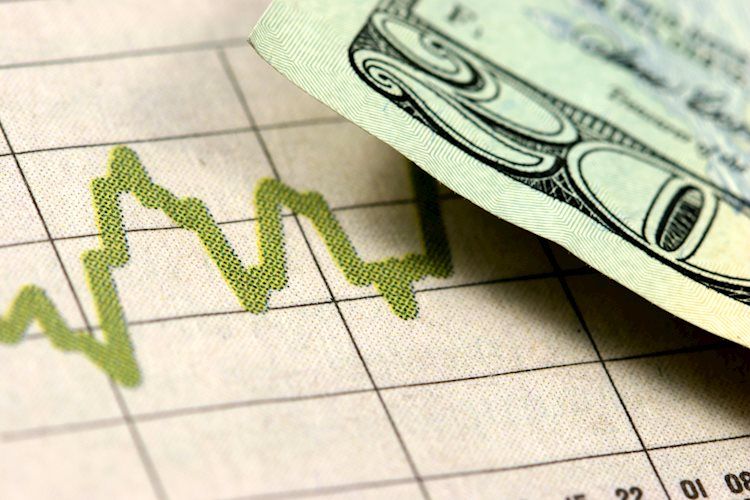US retail sales and producer prices will draw investor interest on Thursday. A larger-than-expected rise in retail sales could test bets on an H1 2024 Fed rate cut. Upward consumer spending trends fuel demand-driven inflation and may force the Fed to delay rate cuts. A higher-for-longer rate path could impact disposable income and curb consumer spending.
Economists forecast retail sales to increase by 0.7% in February after falling by 0.8% in January.
However, producer price trends may influence bets on an H1 2024 Fed rate cut. Producers increase prices in a tighter demand environment, passing prices onto consumers. Economists expect producer prices to increase by 1.2% year-on-year in February compared with 0.9% in January.
On Friday, the focus will shift to US consumer confidence. A downward trend in consumer confidence may signal a pullback in consumer spending, dampening demand-driven inflation. A softer inflation outlook could allow the Fed to cut interest rates for price stability.
Economists forecast the Michigan Consumer Sentiment Index to fall from 76.9 to 76.6 in March. However, investors must consider the sub-components, including consumer and inflation expectations.
There are no FOMC member speeches to consider. The Fed entered the blackout period on March 9.
Short-term Forecast
Near-term USD/JPY trends will hinge on wage negotiations in Japan. However, inflation numbers from Japan and the US could also impact the timelines for central bank policy moves. Favorable updates on wage negotiations could tilt monetary policy divergence toward the Yen. While the Fed considers interest rate cuts, the BoJ plans to exit negative rates.
USD/JPY Price Action
Daily Chart
The USD/JPY sat below the 50-day EMA while remaining above the 200-day EMA, sending bearish near-term but bullish longer-term price signals.
A USD/JPY return to the 148 handle would support a break above the 148.405 resistance level and 50-day EMA. However, selling pressure could intensify at the 148.405 resistance level. The 50-day EMA is confluent with the resistance level.
GDP, inflation, wage negotiations from Japan and US inflation, retail sales, and consumer confidence need consideration.
However, a break below the 146.649 support level would give the bears a run at the 200-day EMA. A fall through the 200-day EMA would bring the 144.713 support level into play.
The 14-day RSI at 63.73 indicates a USD/JPY break above the 148.405 resistance level and the 50-day EMA before entering overbought territory.





